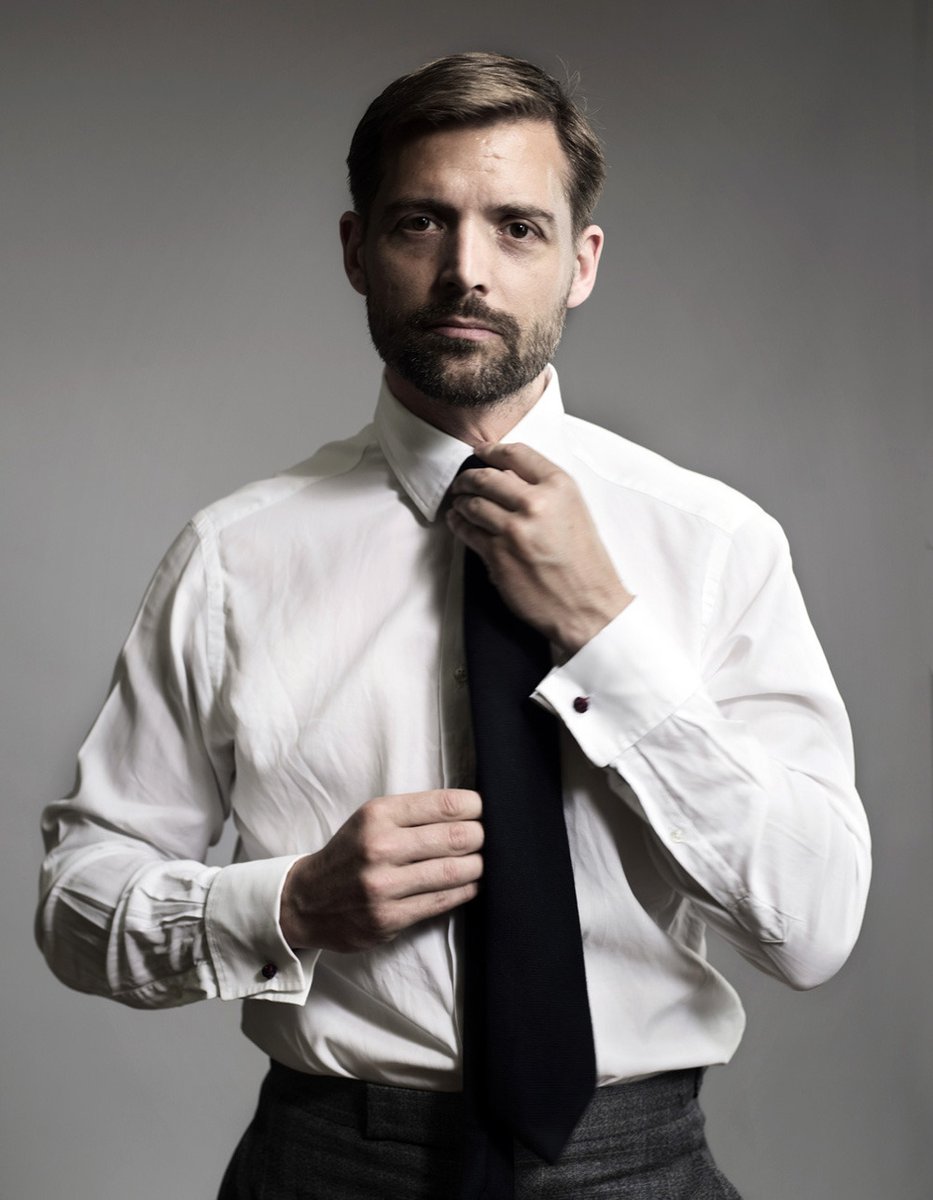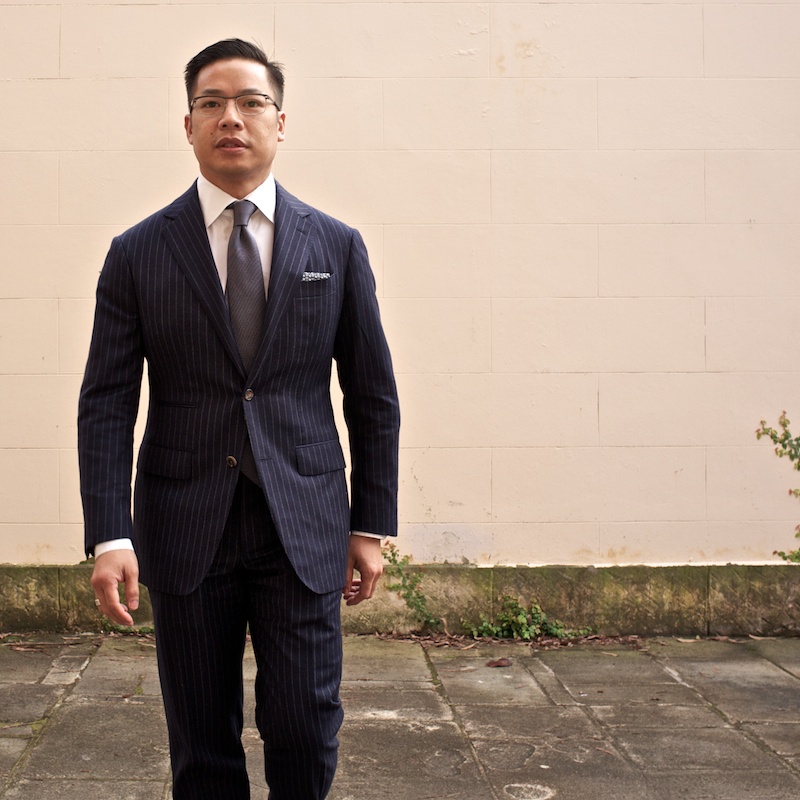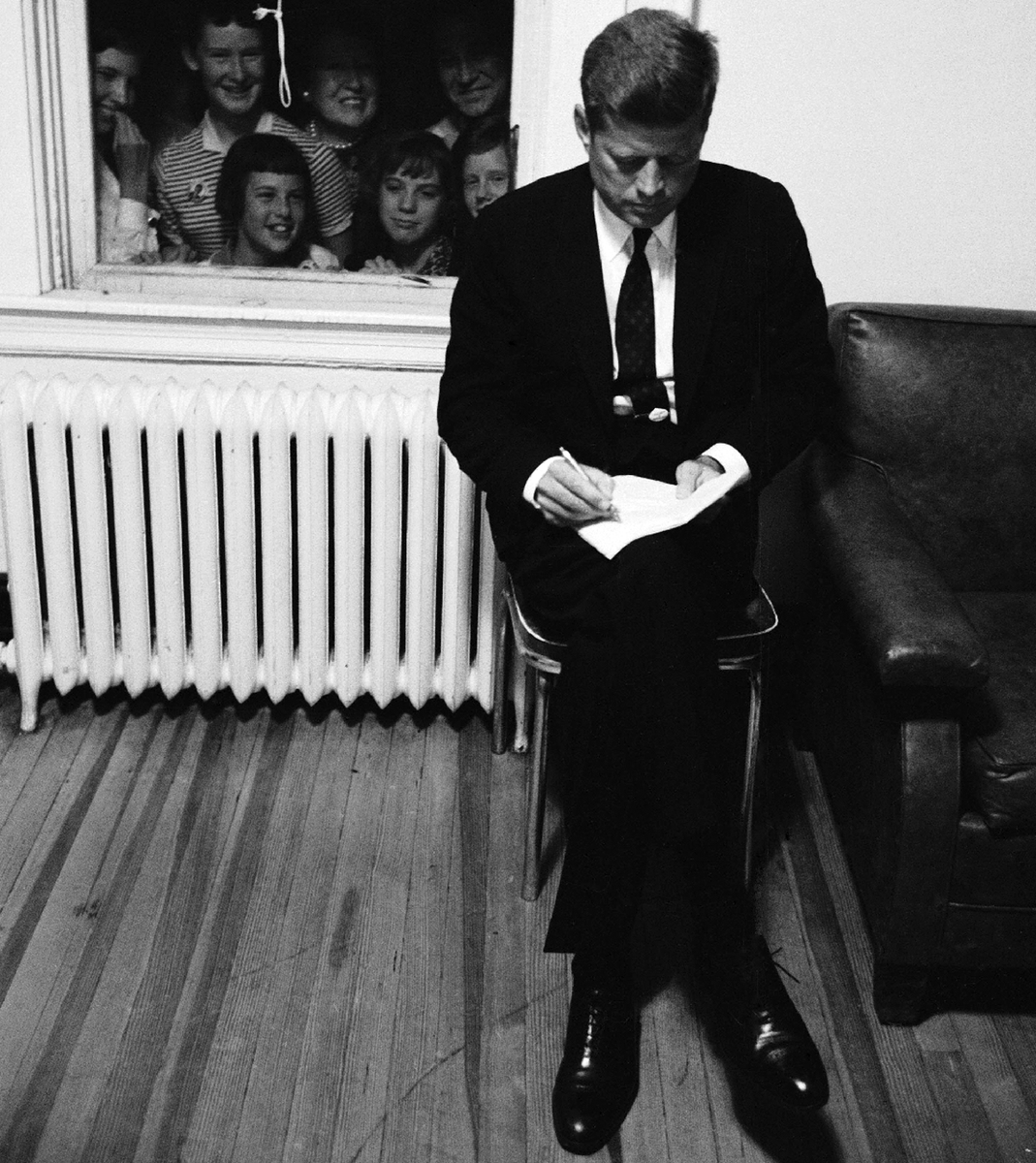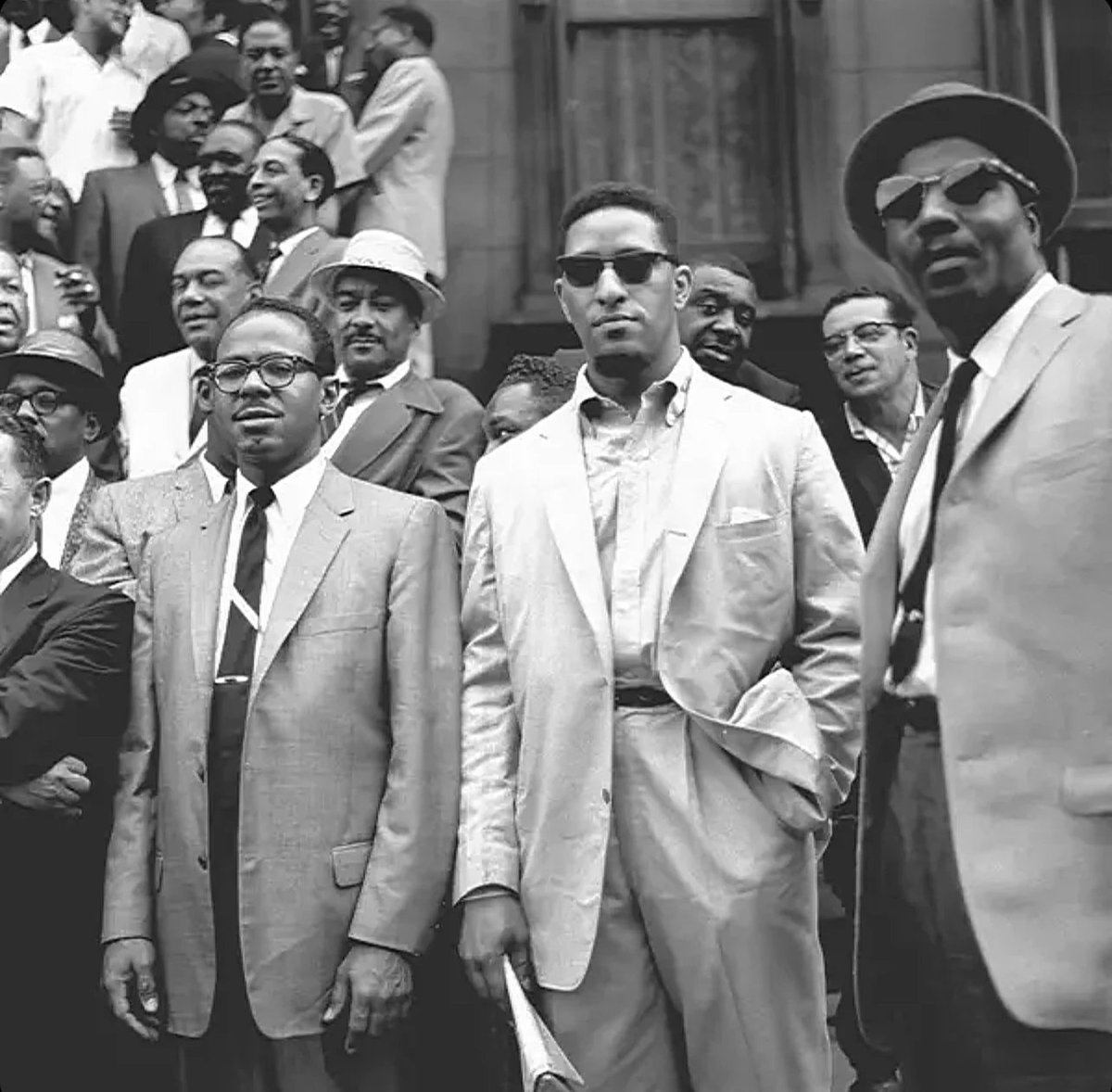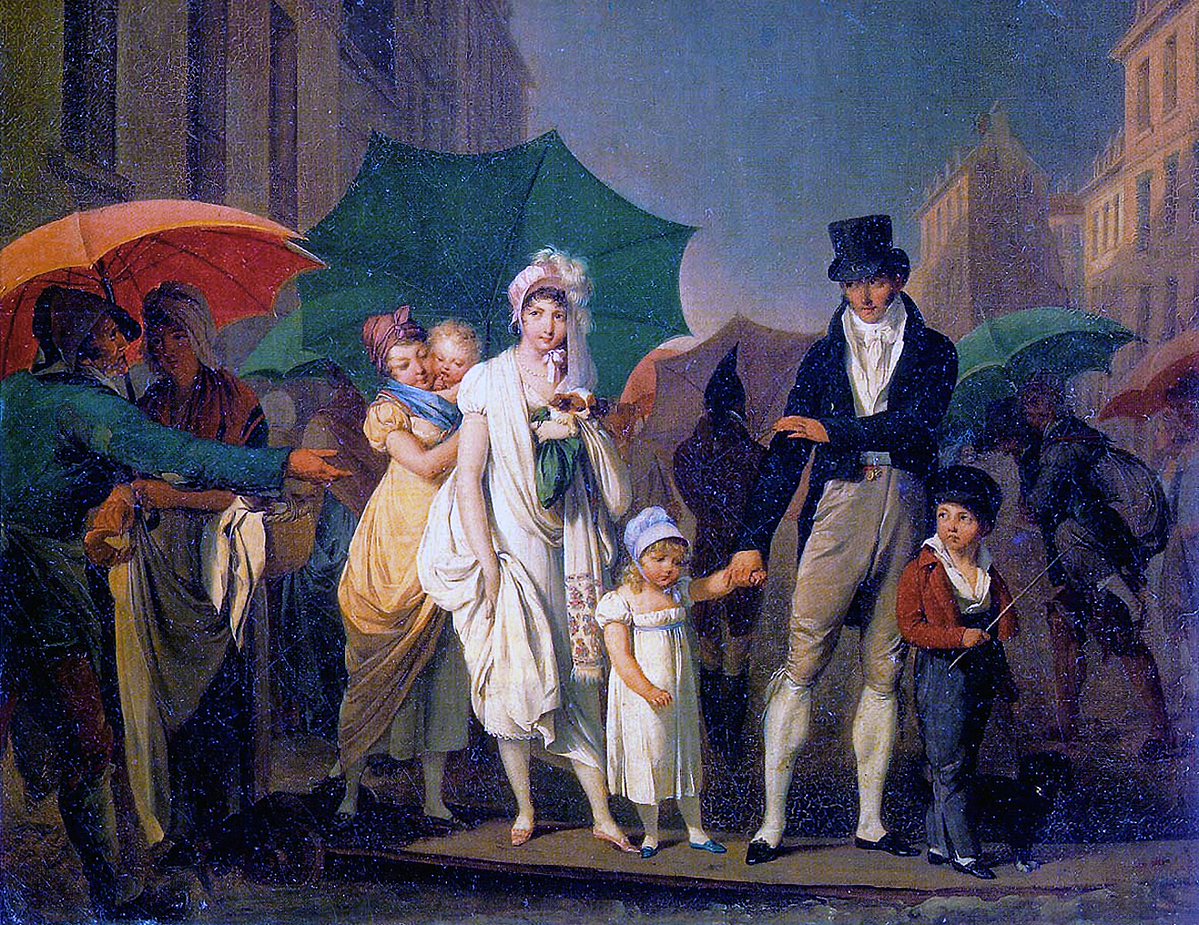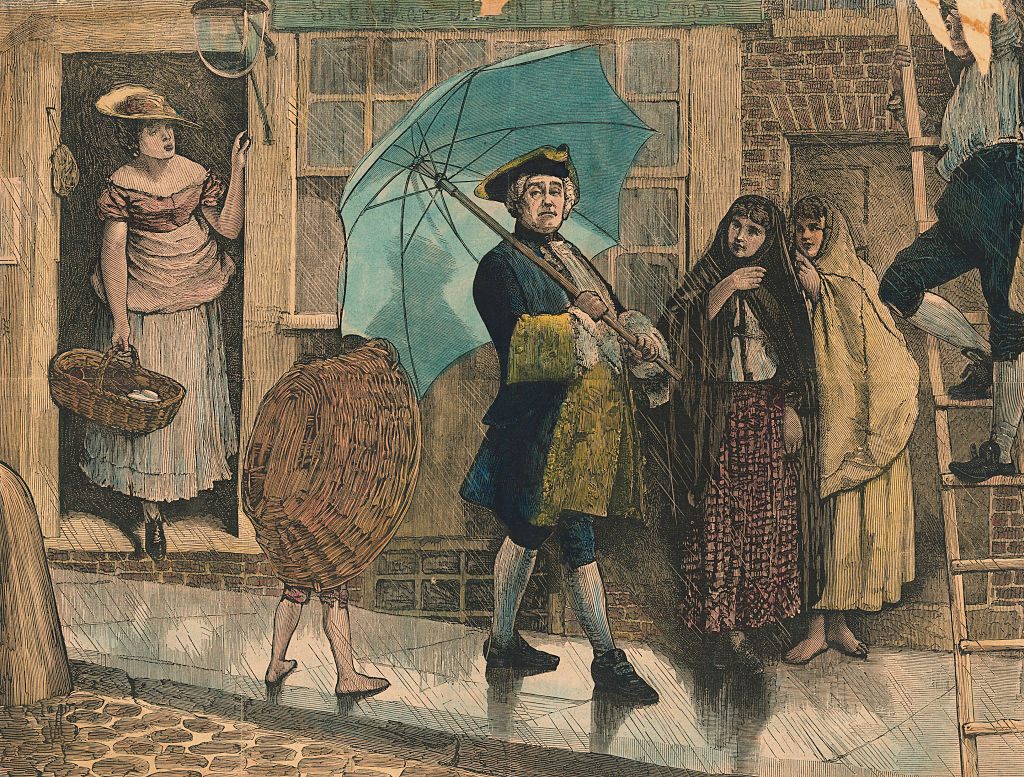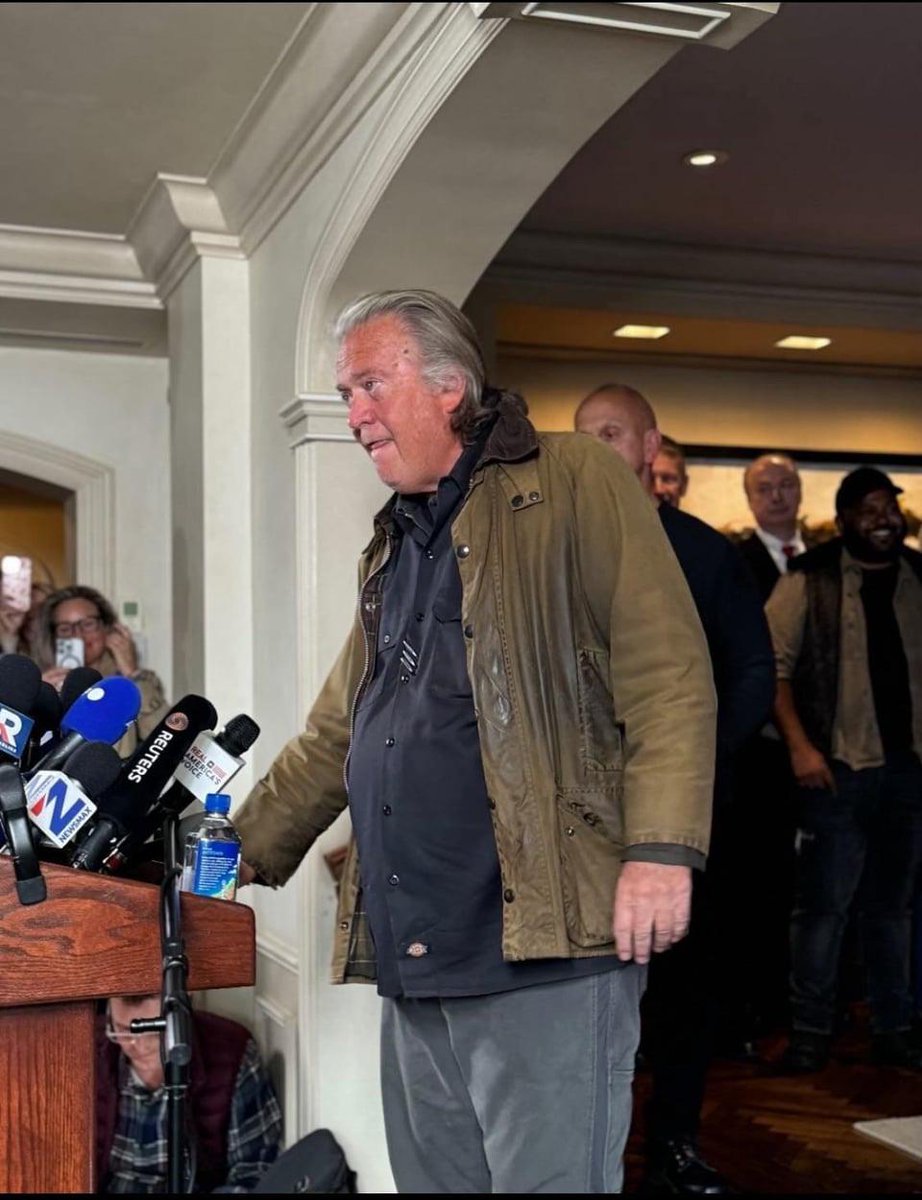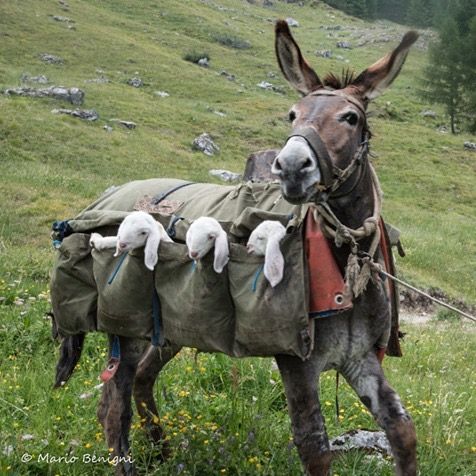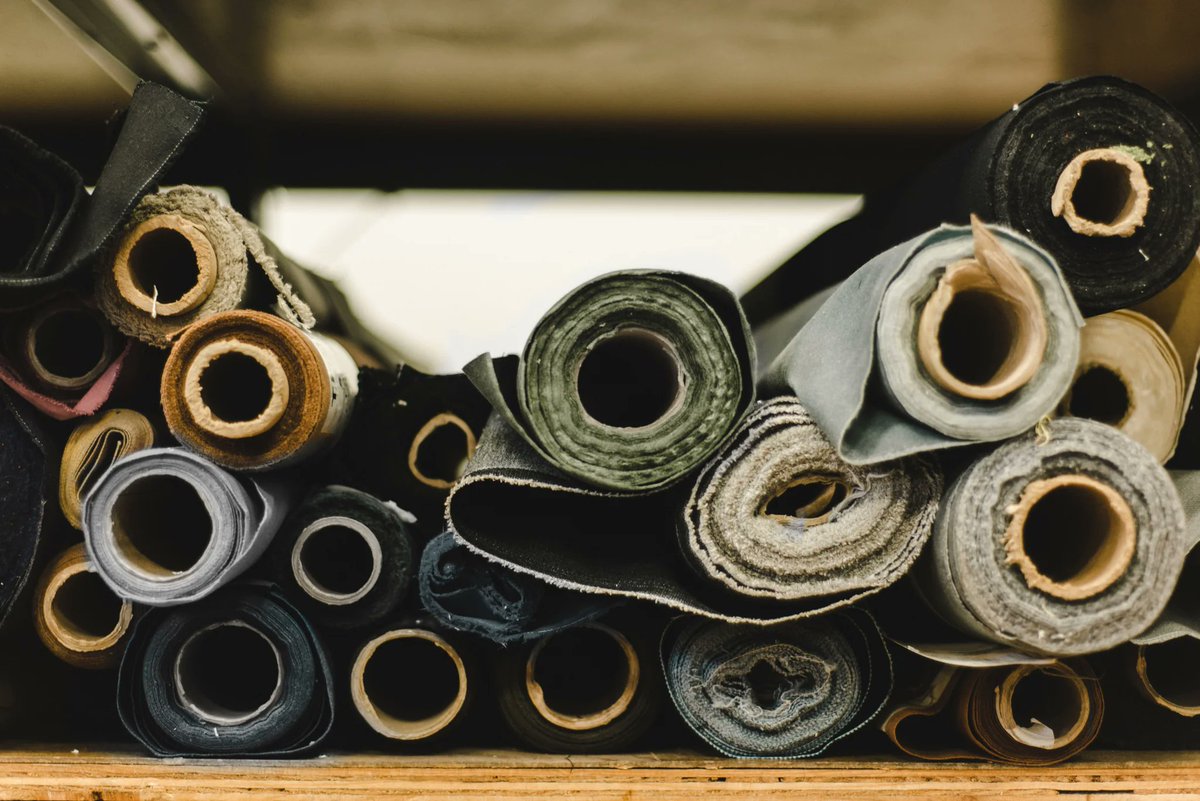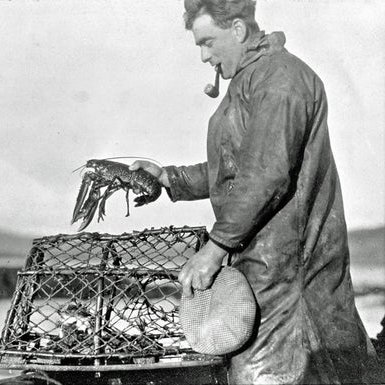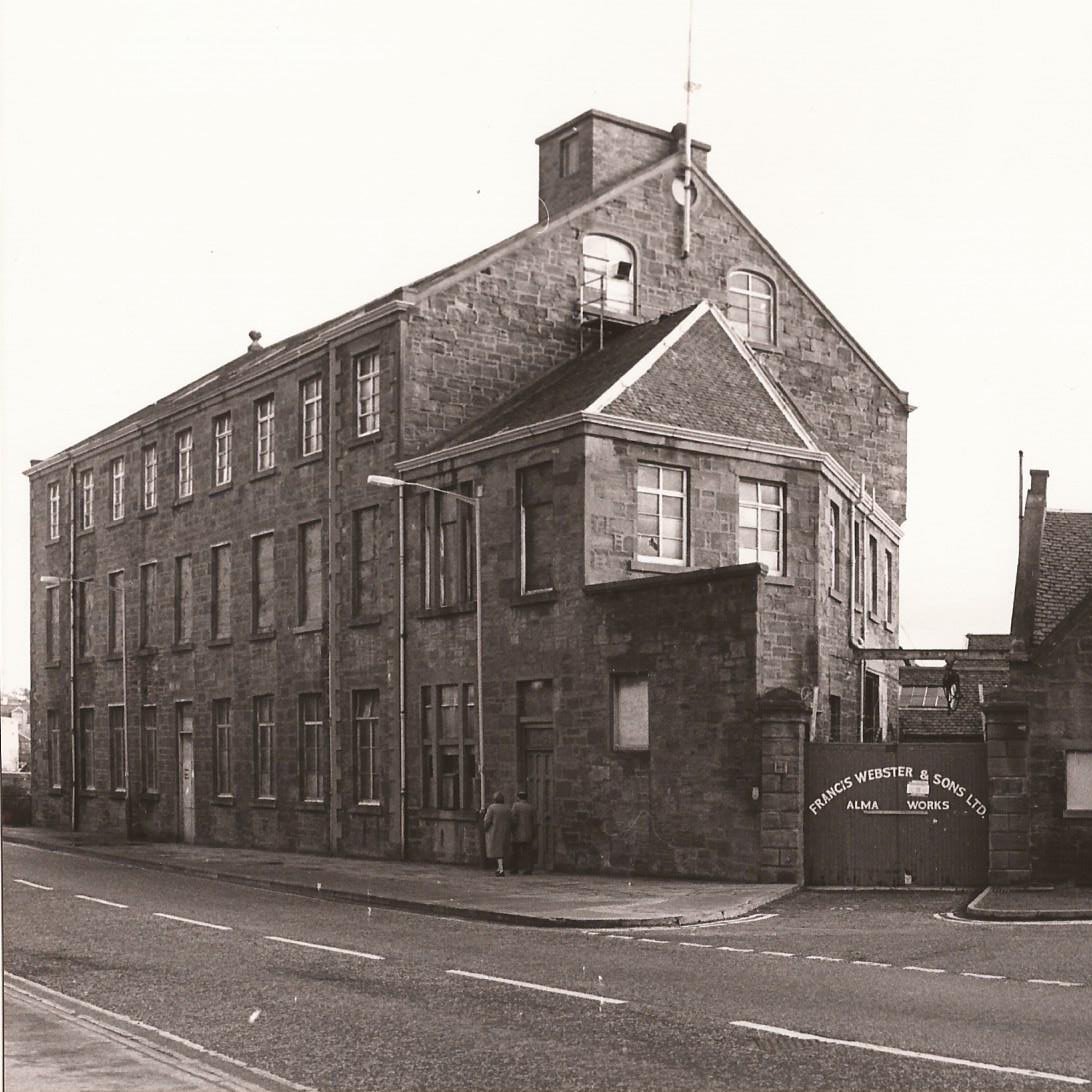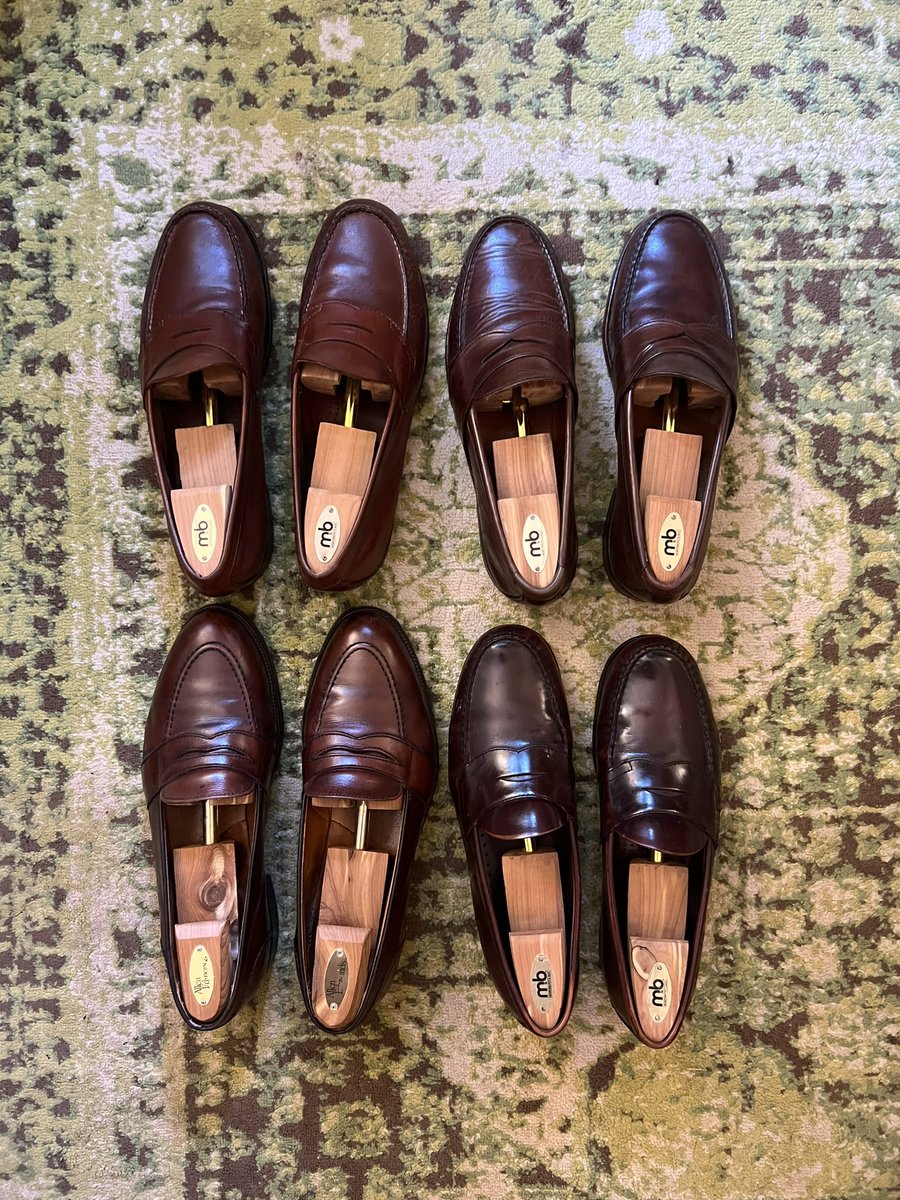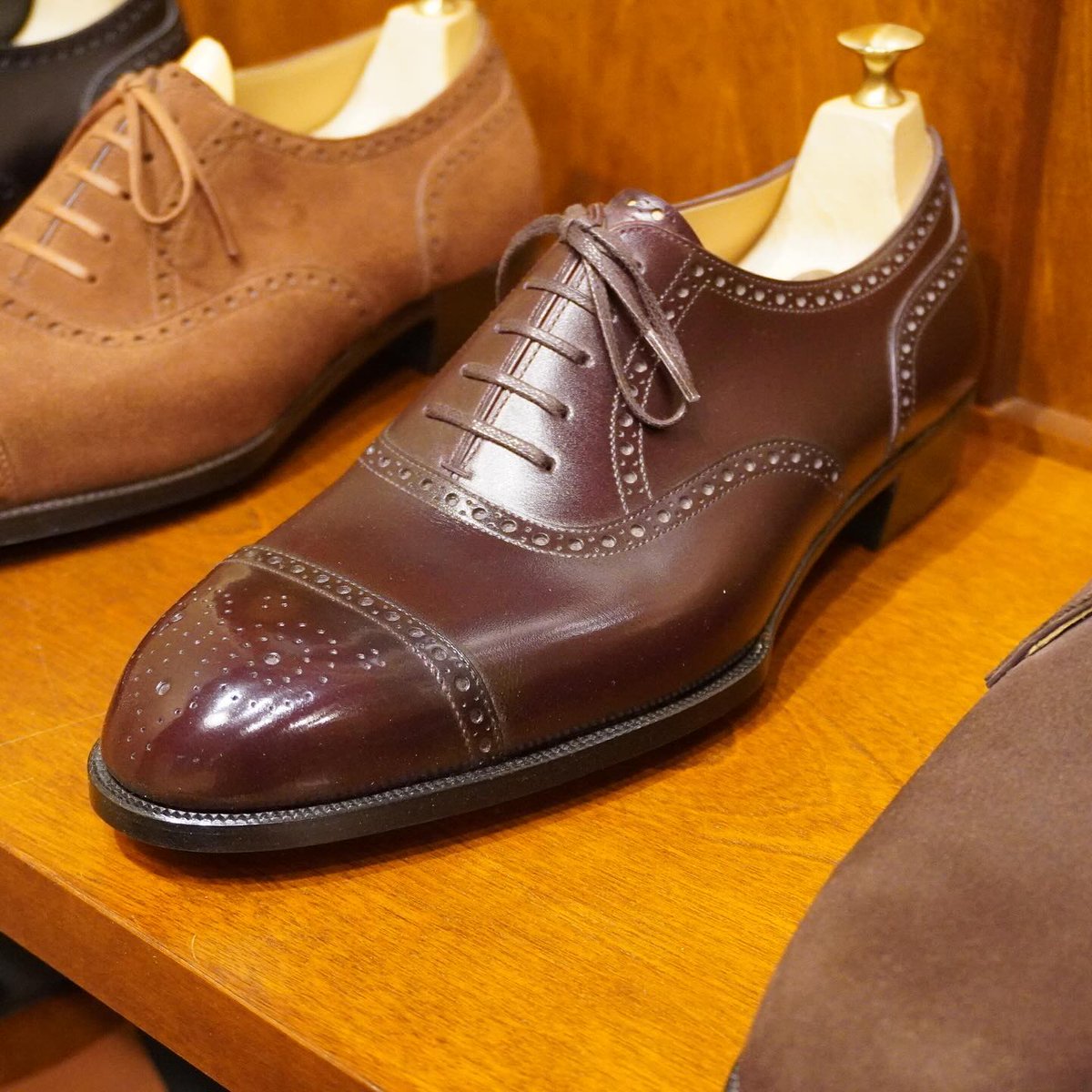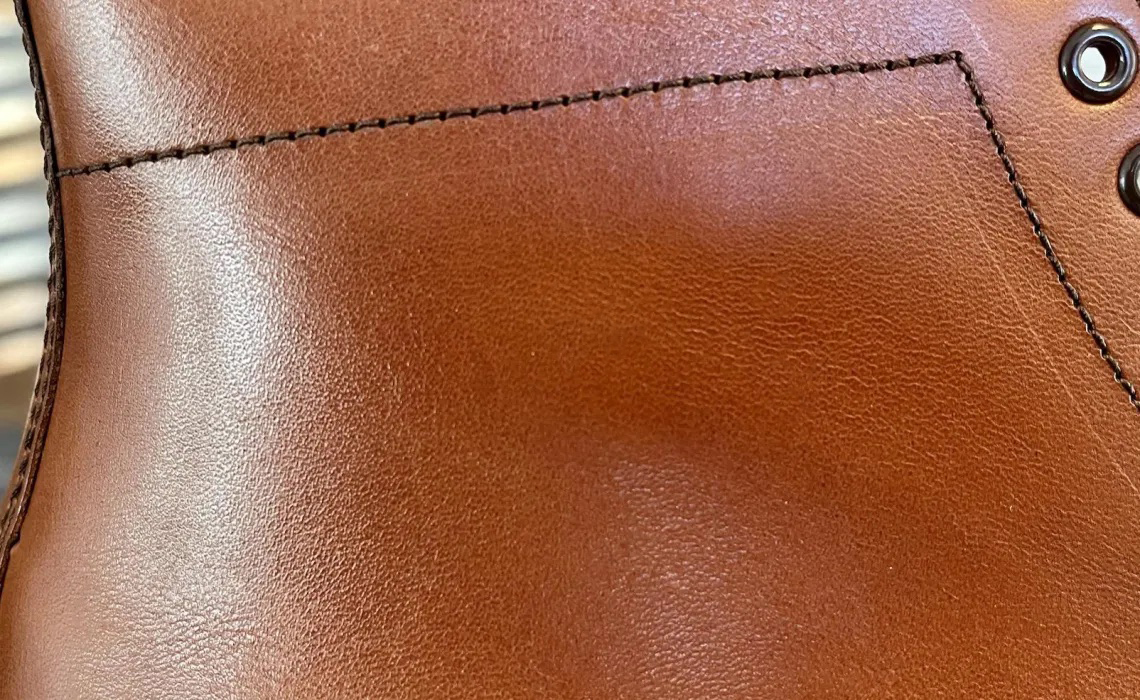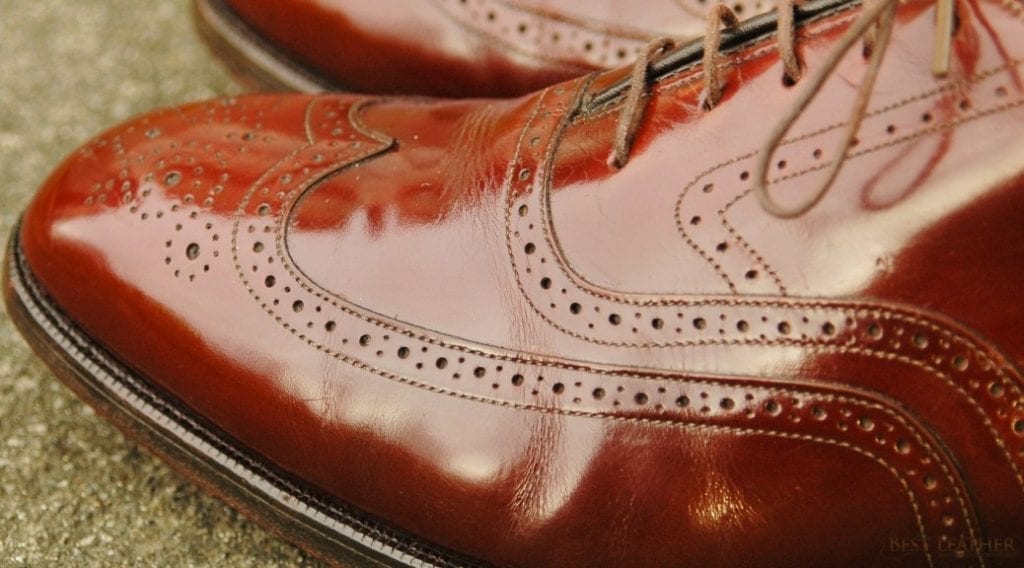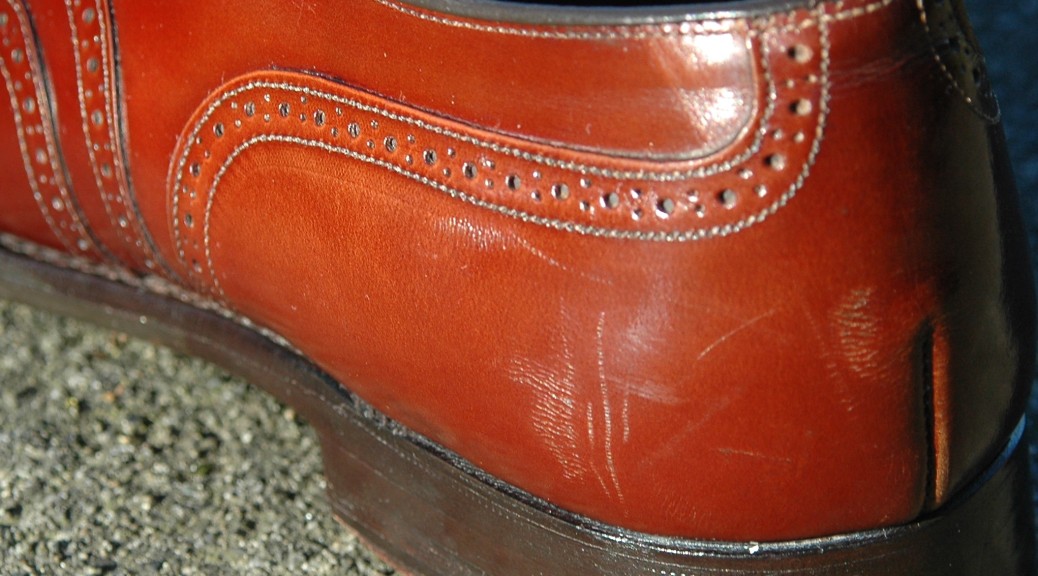HOW TO STORE YOUR WARDROBE
Will answer this bc 1) the answer may surprise some people and 2) it will also piss some people off 🧵
Will answer this bc 1) the answer may surprise some people and 2) it will also piss some people off 🧵
https://twitter.com/benwarnock001/status/1690628858863910912
First, knitwear should always be folded, never hung, bc the garment can stretch out.
Storage tip: During the off-season, store sweaters in rigid Tupperware bins. Slip a cotton sheet or pillowcase over the top, then snap the lid down. This keeps out bugs that eat wool fibers.
Storage tip: During the off-season, store sweaters in rigid Tupperware bins. Slip a cotton sheet or pillowcase over the top, then snap the lid down. This keeps out bugs that eat wool fibers.
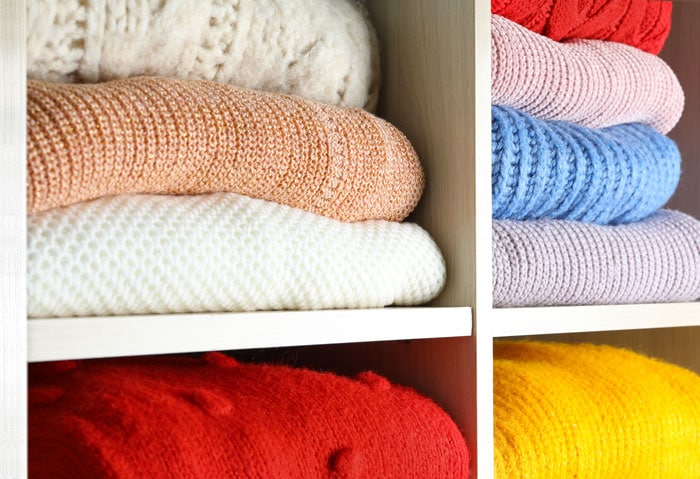
Second, if you're hanging casualwear (e.g., button-up shirts, casual jackets), then you can use any old hanger. Although I prefer wooden hangers over thin wire ones, such as the ones you get from your dry cleaner. Ikea sells packs of 8 for about $9. 

The exception is heavy leather jackets, like those made from horsehide or cowhide. I think these are still mostly fine on the hangers above, but hardcore enthusiasts—particularly those who collect expensive vintage pieces—feel differently. These fall into the next category.




When it comes to wardrobe storage, the major exception is high-end tailoring. These require special hangers. The reason is bc suit jackets and sport coats are not made like any other type of garment. 

They are built up from many layers of material—haircloth, canvas, and padding—which are carefully sewn together using pad stitching, and then specially ironed to create shape. This type of ironing is not like how you iron a shirt; it's pressing *shape* into the garment.






When you look at a beautifully made, tailored jacket, it has a certain 3D shape. Notice how the chest here is rounded. The sleeves have a conical shape that hovers around the arm. There are no wrinkles, dents, puckers, or pulling. This is a result of tailoring + pressing. 

If you store these on the thin wooden hangers I mentioned above, you can permanently ruin the jacket over time. The shoulder line can get distorted. If the hanger is not sized right for the garment, the ends can push out the sleeves, ruining the clean, conical shaping. 

If the hanger's neck isn't right for the jacket, it can stretch out the collar. The jacket's collar is the part that touches the back of your neck. A tailor will carefully shape this area so it always sits on your neck. See the gaping here? This can become permanent by stretching 

What you want is a hanger that will preserve the garment's shape. That means a few things:
1. Correctly sized so the ends don't push out the sleeves
2. Flared ends to support the shoulder
3. Hanger curves to mimic your body
4. Rounded neck to support jacket's collar
1. Correctly sized so the ends don't push out the sleeves
2. Flared ends to support the shoulder
3. Hanger curves to mimic your body
4. Rounded neck to support jacket's collar

In this way, the jacket is fully supported, and the shaping will be preserved. (Note, you will still need to get your garments hand pressed from time to time.) Compare this photo to the one above. See how it keeps its 3D shape.
(Photos from the wonderful blog Tutto Fatto a Mano)
(Photos from the wonderful blog Tutto Fatto a Mano)

The downsides? For one, they are annoyingly expensive. The Hanger Project sells nice hangers, but they cost about $30. Secondly, when you have hangers that curve forward and have flared-out shoulders, you can't store as much in your closet. This presents a space issue. 

The above is the Gold Standard for storing high-end tailoring. Everyone will have to make their own cost/ benefit calculations. If you have a walk-in closet with a ton of space and bespoke suits from the finest tailors, I recommend buying hangers from The Hanger Project.
If you have less space and/ or if you have jackets that aren't made in the same way, then you might want to consider some other solution. Some suits and sport coats may not have that shaping that comes from hand-tailoring and pressing.
In such cases, I recommend Wooden Hangers USA. Their hangers are not as great as The Hanger Project's. The shoulders are not curved; the neck is square (won't support the collar). But they have flared ends and cost about $6. They're also good for heavy leather jackets.




So, in short, how you should store your garments depends on what you're storing and how they were made. Knowing the Gold Standard can help you make some cost/ benefit calculations so you figure out what works for you. 

Someone pointed out that Ikea also sells flared hangers. They don't look as curved as The Hanger Project's, and they still have a square neck. But they're cheaper than Wooden Hanger USA and might be easier to acquire.
https://twitter.com/matrafisco/status/1690812838585982976
• • •
Missing some Tweet in this thread? You can try to
force a refresh


